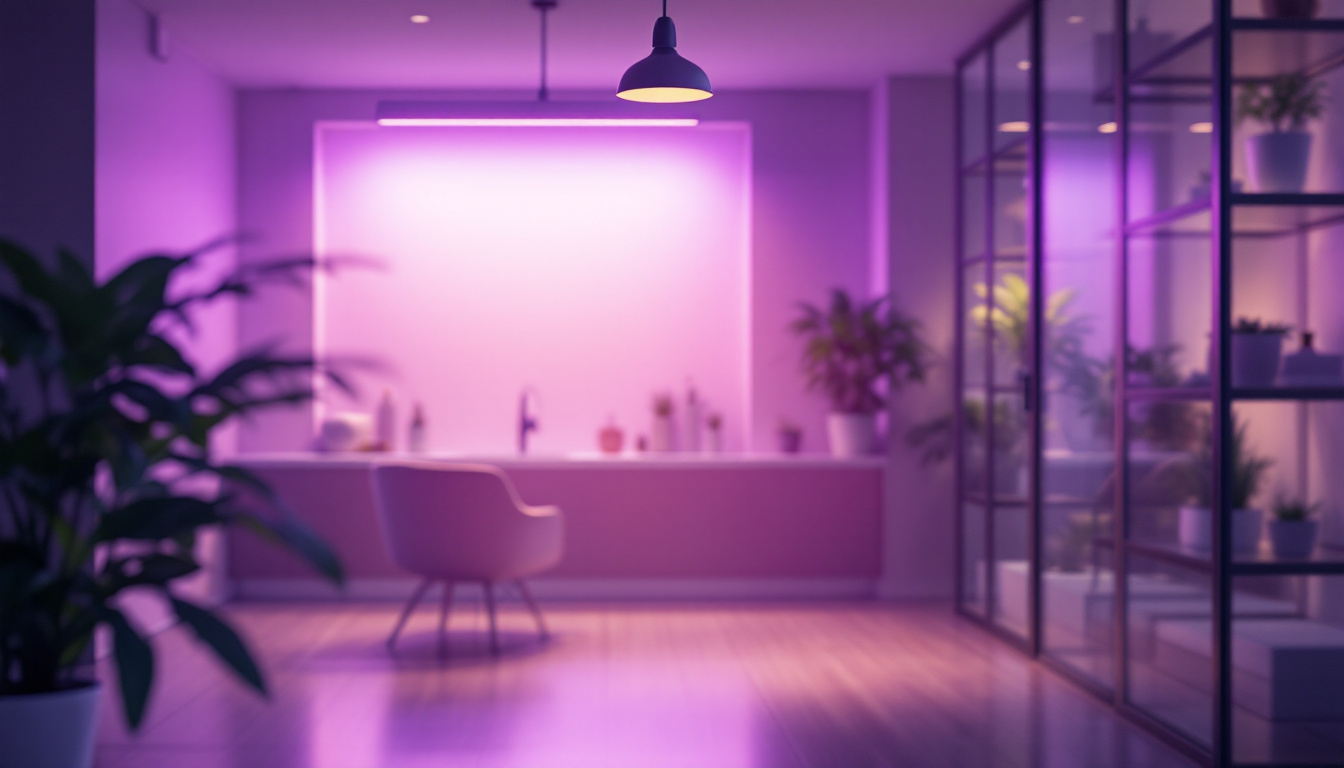
In recent years, the lighting industry has undergone significant transformations, driven by technological advancements and an increasing awareness of health and safety. Among these innovations, Uv-C lighting has emerged as a critical player, particularly in the realms of disinfection and air purification. This article explores the growing importance of Uv-C lighting, its applications, and the implications for lighting contractors.
Uv-C lighting refers to a specific range of ultraviolet light that falls between 100 to 280 nanometers. This spectrum is known for its germicidal properties, making it effective in killing bacteria, viruses, and other pathogens. Unlike Uv-A and Uv-B, which are commonly associated with skin damage and tanning, Uv-C light is primarily used for disinfection purposes. Its ability to inactivate microorganisms has made it a critical component in various industries, including healthcare, food processing, and water treatment, where maintaining high standards of hygiene is essential.
The mechanism of Uv-C light revolves around its ability to disrupt the DNA or RNA of microorganisms. When exposed to Uv-C radiation, the genetic material of these pathogens absorbs the light, leading to mutations that prevent replication. This process effectively neutralizes harmful organisms, making Uv-C lighting a powerful tool in various environments. Notably, the effectiveness of Uv-C light is influenced by factors such as exposure time, intensity, and the nature of the surface or medium being treated. For instance, in water treatment systems, the clarity of the water can significantly impact the disinfection efficiency, as particles can shield microorganisms from the Uv-C light.
There are several types of Uv-C lighting systems available, each designed for specific applications. Some of the most common include:
In addition to these systems, advancements in Uv-C technology have led to the development of portable Uv-C devices, which are increasingly utilized in everyday settings, such as offices and homes. These portable units can be used to disinfect surfaces, air, and even personal items like phones and keys, providing an additional layer of protection against pathogens. Furthermore, as awareness of the importance of hygiene continues to grow, the demand for Uv-C lighting solutions is expected to increase, prompting ongoing research into optimizing their effectiveness and safety for various applications.
The versatility of Uv-C lighting allows it to be utilized in various sectors, enhancing safety and hygiene. Its applications span across healthcare, commercial, and residential environments, reflecting its growing significance in the lighting industry.
In healthcare facilities, Uv-C lighting has become an essential component in infection control protocols. Hospitals and clinics utilize Uv-C systems to disinfect surfaces, equipment, and even air. The ability to eliminate pathogens in high-touch areas significantly reduces the risk of healthcare-associated infections.
Moreover, Uv-C lighting is increasingly being integrated into patient rooms and waiting areas. By continuously disinfecting the air and surfaces, these systems provide a safer environment for both patients and healthcare workers, contributing to overall better health outcomes. In addition, Uv-C technology is being explored for its potential in sterilizing medical instruments and devices, ensuring that they are free from contaminants before use. This not only enhances patient safety but also streamlines the workflow in busy medical facilities, allowing for quicker turnaround times for surgical tools and equipment.
Commercial spaces, including offices, retail stores, and restaurants, have also recognized the benefits of Uv-C lighting. With the ongoing concerns regarding public health, businesses are investing in Uv-C systems to reassure customers and employees of their commitment to safety.
For instance, Uv-C air purification systems can be installed in HVAC units to ensure that the air circulating in these spaces is free from harmful microorganisms. Additionally, Uv-C lighting can be used to disinfect surfaces during off-hours, maintaining a clean environment without disrupting daily operations. Retailers are also utilizing Uv-C technology in fitting rooms and checkout areas, where high foot traffic can lead to increased germ exposure. By implementing these systems, businesses not only enhance the shopping experience but also build trust with their clientele, showcasing a proactive approach to health and safety.
The adoption of Uv-C lighting in residential settings is on the rise as homeowners become more aware of the importance of indoor air quality and hygiene. Uv-C lamps can be used in various applications, such as air purifiers, water treatment systems, and even in kitchens to sanitize surfaces.
As families seek to create healthier living environments, the demand for Uv-C lighting solutions is expected to grow. This presents a unique opportunity for lighting contractors to expand their offerings and provide innovative solutions to homeowners. Furthermore, Uv-C technology can be integrated into smart home systems, allowing users to automate disinfection routines and monitor air quality in real-time. This level of convenience not only promotes a healthier lifestyle but also empowers homeowners to take charge of their indoor environments, making informed decisions about their health and well-being. As awareness of these benefits continues to spread, we can expect to see Uv-C lighting becoming a standard feature in modern homes, reflecting a shift towards more health-conscious living spaces.
The advantages of Uv-C lighting extend beyond its disinfection capabilities. Its integration into various environments offers numerous benefits that lighting contractors should consider when discussing options with clients.
One of the most significant benefits of Uv-C lighting is its ability to enhance safety and hygiene. By effectively eliminating pathogens, Uv-C systems contribute to a healthier environment, reducing the risk of illness and infection. This is particularly crucial in settings where vulnerable populations, such as hospitals and nursing homes, are present.
Modern Uv-C lighting systems, especially those utilizing LED technology, are designed to be energy-efficient. Compared to traditional disinfection methods, Uv-C lighting consumes less energy while providing effective results. This not only lowers operational costs but also aligns with the growing emphasis on sustainability in the lighting industry.
While the initial investment in Uv-C lighting systems may be higher than traditional lighting options, the long-term savings can be substantial. Reduced maintenance costs, lower energy consumption, and decreased healthcare expenses due to fewer infections contribute to the overall cost-effectiveness of Uv-C solutions.
Despite the numerous benefits, the adoption of Uv-C lighting is not without challenges. Lighting contractors must be aware of these considerations to provide informed recommendations to their clients.
While Uv-C lighting is effective in killing pathogens, it can also pose risks to human health if not used correctly. Direct exposure to Uv-C light can cause skin burns and eye injuries. Therefore, it is crucial to implement Uv-C systems in a manner that minimizes risks, such as using protective enclosures or employing motion sensors to ensure safety.
As Uv-C lighting technology continues to evolve, regulations surrounding its use are also changing. Lighting contractors must stay informed about local and national guidelines related to Uv-C applications. Ensuring compliance not only protects clients but also enhances the contractor’s reputation as a knowledgeable professional in the field.
Integrating Uv-C lighting into existing systems can present challenges, particularly in older buildings. Lighting contractors should assess the feasibility of retrofitting Uv-C systems into current infrastructures. This may involve additional planning and investment, but the long-term benefits can outweigh these initial hurdles.
The future of Uv-C lighting appears promising, with ongoing research and development paving the way for new applications and technologies. As awareness of the importance of hygiene and air quality continues to grow, the demand for Uv-C solutions is expected to rise across various sectors.
Advancements in Uv-C technology are likely to lead to more efficient and effective systems. Innovations such as smart Uv-C lighting, which can be controlled remotely and programmed for specific disinfection cycles, are already in development. These technologies will enhance user convenience and safety, making Uv-C lighting even more appealing to contractors and clients alike.
As the market for Uv-C lighting expands, lighting contractors have a unique opportunity to position themselves as experts in this niche. By staying informed about the latest trends, technologies, and applications, contractors can offer valuable insights and solutions to clients, setting themselves apart from competitors.
To effectively implement Uv-C lighting solutions, contractors must invest in education and training. Understanding the science behind Uv-C technology, safety protocols, and installation techniques is essential for successful integration. By prioritizing education, contractors can enhance their credibility and ensure that they provide the best possible service to their clients.
Uv-C lighting is rapidly becoming an integral part of the lighting industry, driven by its effectiveness in disinfection and air purification. As awareness of health and safety continues to grow, the demand for Uv-C solutions is expected to rise across various sectors, presenting significant opportunities for lighting contractors.
By understanding the applications, benefits, and challenges associated with Uv-C lighting, contractors can position themselves as knowledgeable professionals in this evolving market. Embracing the innovations in Uv-C technology and prioritizing education will not only enhance their service offerings but also contribute to a healthier and safer environment for all.
Ready to harness the power of Uv-C lighting and elevate the safety and efficiency of your lighting projects? LumenWholesale is your go-to source for cutting-edge, spec-grade lighting solutions at wholesale prices. Say goodbye to inflated costs and hello to a vast selection of high-quality, reliable lighting products that meet the highest industry standards. With our commitment to affordability and convenience, you’ll enjoy free shipping on bulk orders, ensuring you get the best value without any hidden fees. Don’t compromise on quality or cost—choose LumenWholesale for your lighting needs and make a positive impact on your projects and clients. Wholesale Lighting at the Best Value is just a click away.
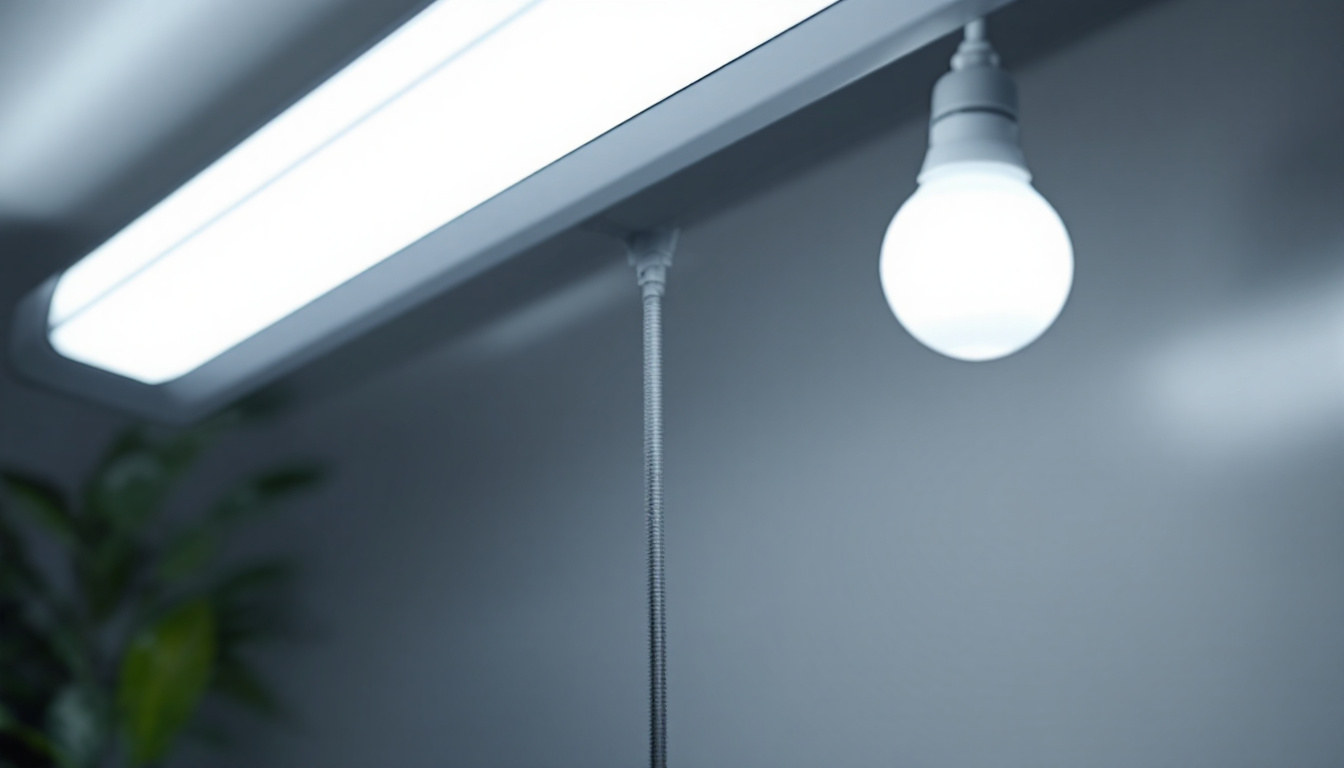
Discover the step-by-step process to transform your home or office lighting by switching from fluorescent to LED.
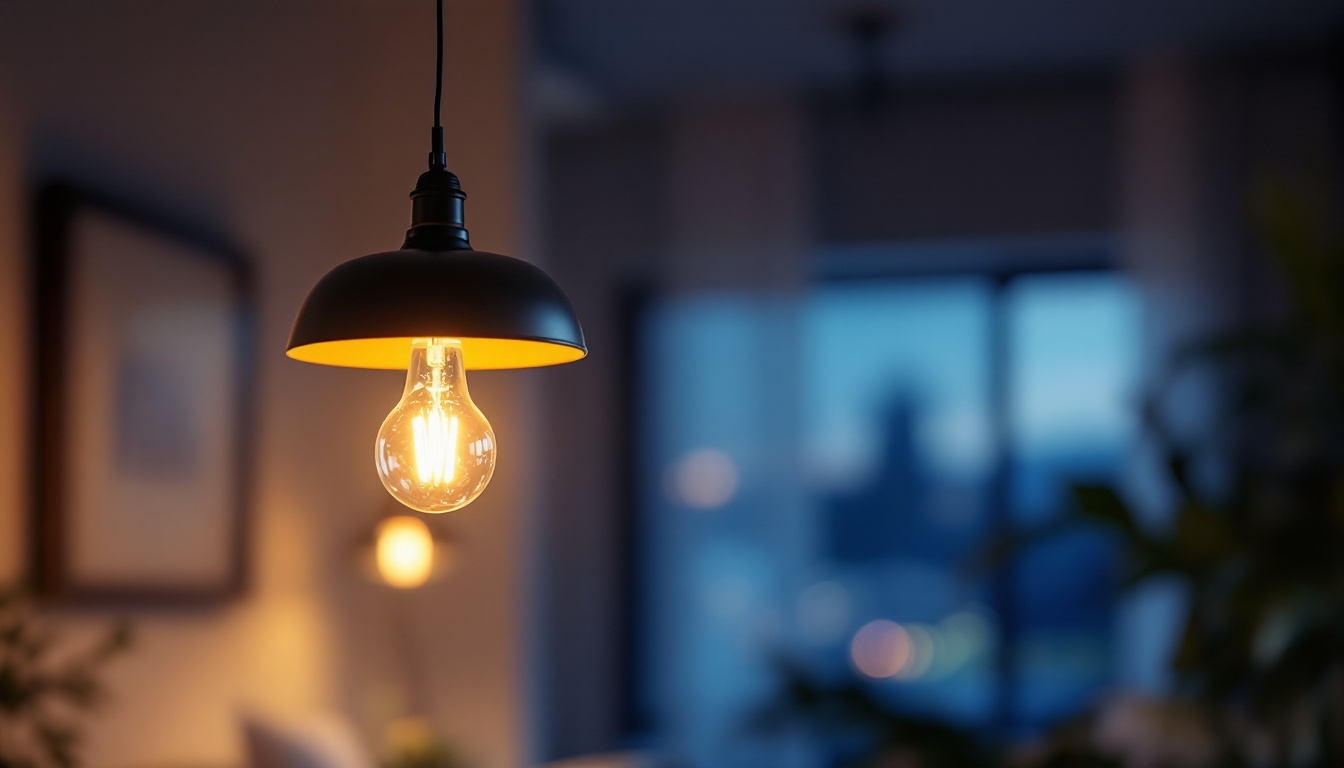
Discover how hanging LED lamps can transform your space by enhancing safety and efficiency in lighting installations.
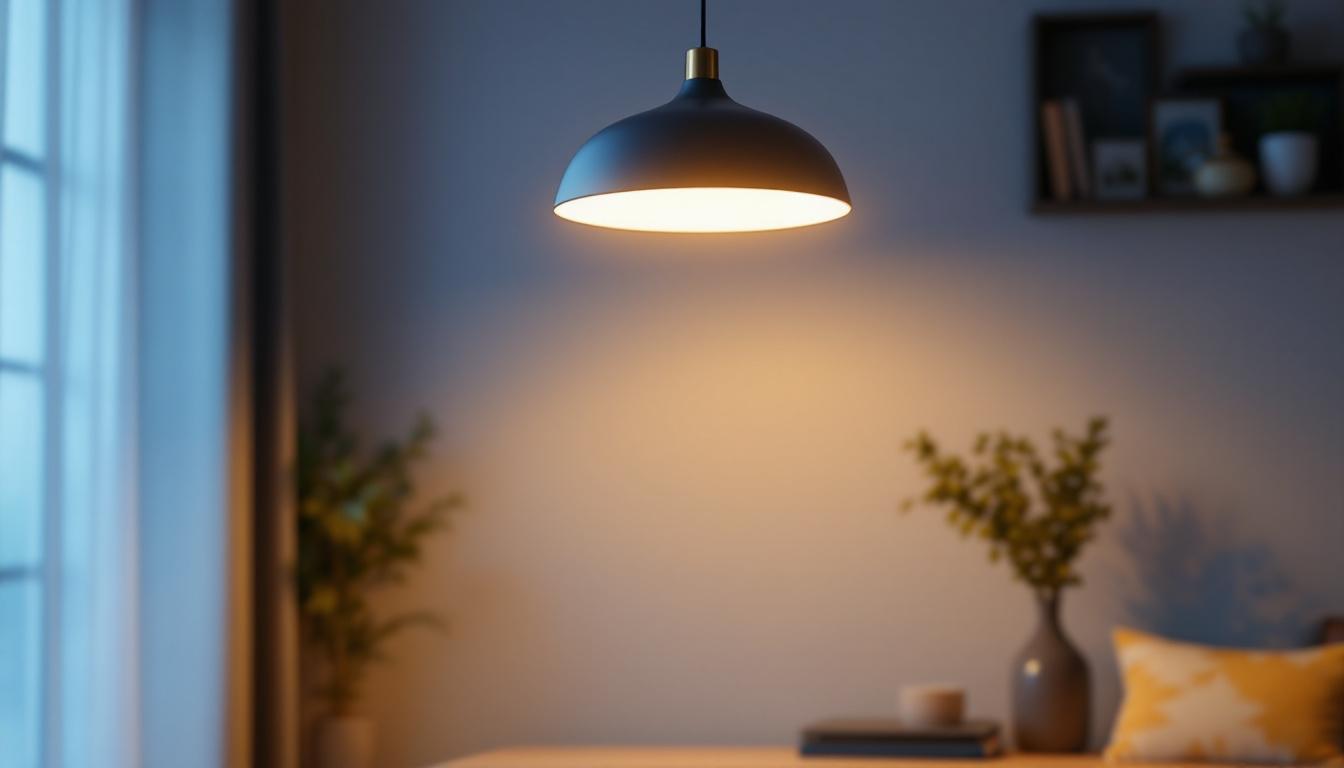
Discover the top benefits of LED pendant light fixtures for lighting contractors.
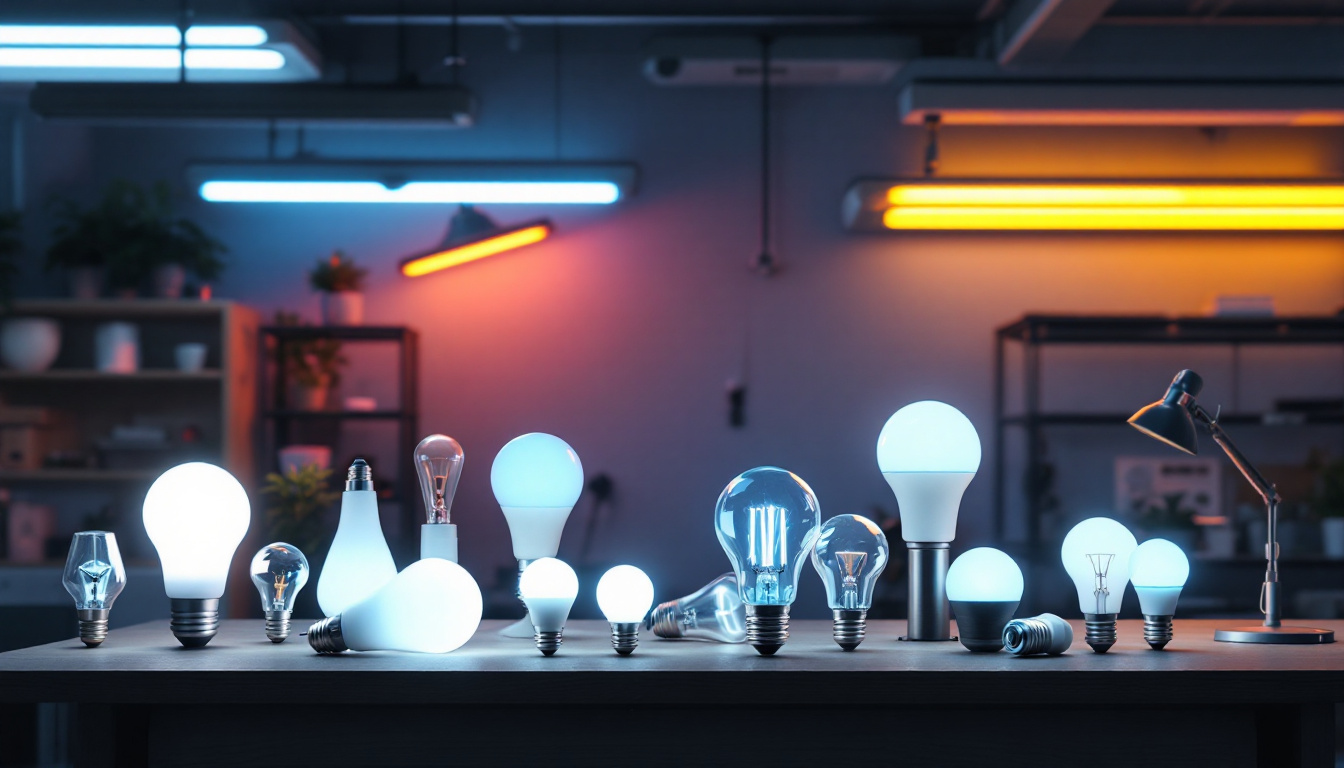
Discover the essential guide to fluorescent bulb types that could transform your lighting projects.